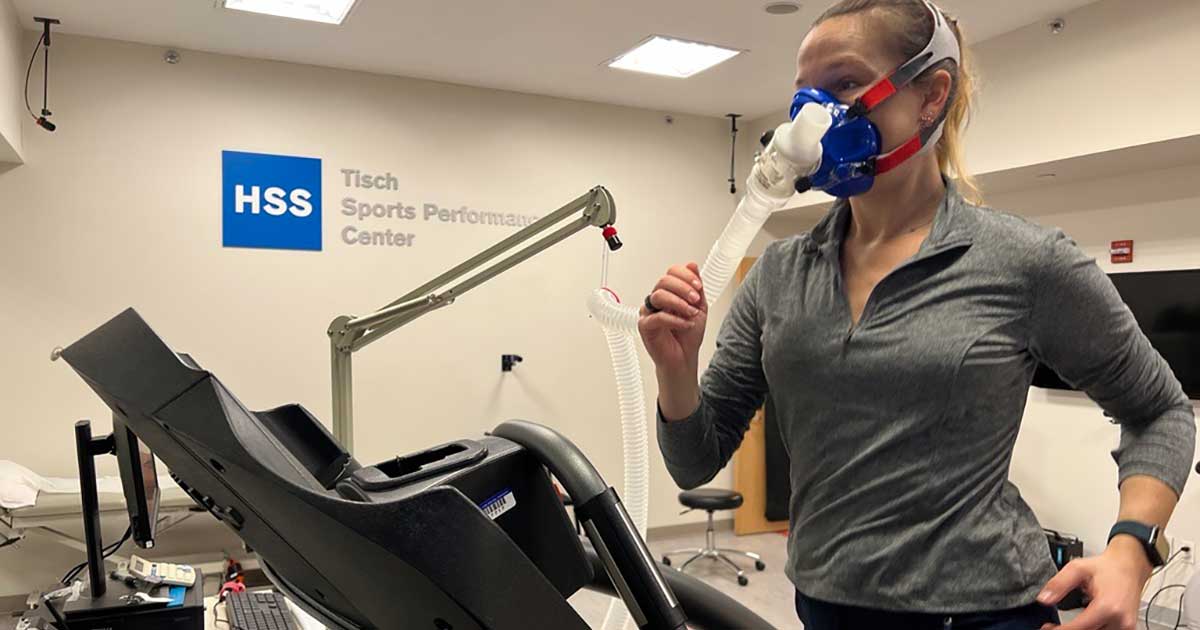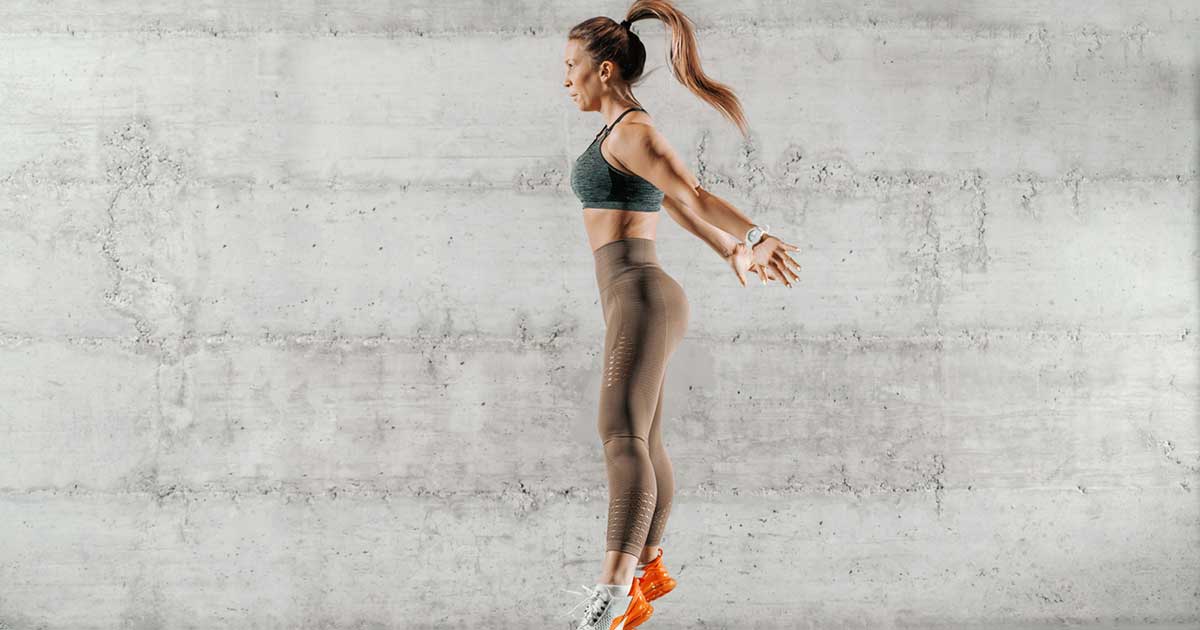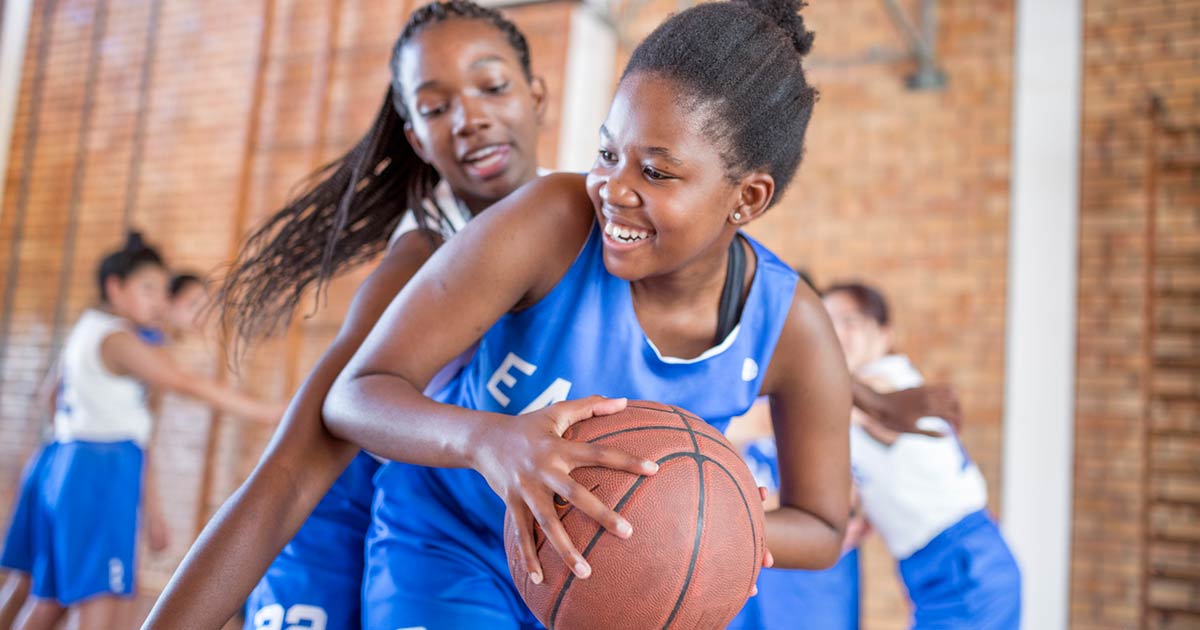
Advice to improve your movement, fitness, and overall health from the #1 in orthopedics in the U.S.
Deceleration Training and Exercises for Athletes
Your body’s ability to slow itself down is crucial for avoiding injury in sports like soccer and football.
Advice to improve your movement, fitness, and overall health from the #1 in orthopedics in the U.S.

The opposite skill is deceleration. Put simply, deceleration is your body’s ability to slow itself down and absorb the impact of a change in speed, direction or force. In sports, deceleration is just as important to both performance and risk of injury as acceleration is.
“Landing from a jump or changing direction quickly, like when making a cutting move in soccer or football, are examples of deceleration,” says Theresa Chiaia, PT, DPT, a physical therapist and sports rehabilitation and performance specialist at HSS. “The ability to decelerate not only minimizes your risk of injury; it also helps improve your performance.”
Non-contact injuries such as ACL tears and tendon injuries commonly occur when an athlete is decelerating on one leg—landing from a jump or sidestepping to avoid a tackle, say. To this end, says Chiaia, it is important to have the ability to decelerate safely.
How to Improve Deceleration
To improve your ability to decelerate, start with the basics, Chiaia says: Stand on one foot. “There should be minimal sway—you don’t want to look like the character in front of a car dealership,” she says. “You also don’t want to learn forward with your torso.”
She recommends practicing standing on one leg with your knee slightly bent while brushing your teeth, looking in the mirror to check your form. “Make it harder by taking the mirror away, turning your head, raising your hands overhead or moving your other leg in and out.”
Next is single-leg strength training. “The quadriceps muscle in the front of the thigh extends the knee from a bent position, like in a kick, and controls knee flexion, like in a single-leg squat, going down a step, when landing during running or when changing direction,” she adds. “It’s very important these muscles have the ability to decelerate.”
Some examples of exercises that develop this skill include:
- Using a leg-press machine with two legs, then with one leg.
- Using your body weight to lower yourself to a chair using two legs, then one leg. (To make the latter easier, have your opposite foot resting on a shallow box or the toes of your opposite foot touching on the floor to act as a kickstand.)
- To improve your knee flexion, stand on a step about 8 inches high, then step down slowly off the box, landing on your heel. The quadriceps muscle on your opposite leg—the one that remains on the step—is controlling the flexion.
Finally comes plyometrics, or jump training. Vertical jumps, in which you jump straight in the air, are one form of this. But it’s also important to be able to land from horizontal jumps so that you can cut and change direction without injury. To enhance your horizontal deceleration skills:
- Begin with a broad jump. From a standing position, jump forward with both legs, landing on both of your feet at the same time. “You want to be able to stick the landing,” Chiaia says.
- As this gets easier, practice jumping forward from one leg and landing on the other. Sticking the landing is the goal here too.
Published 5/11/2023


